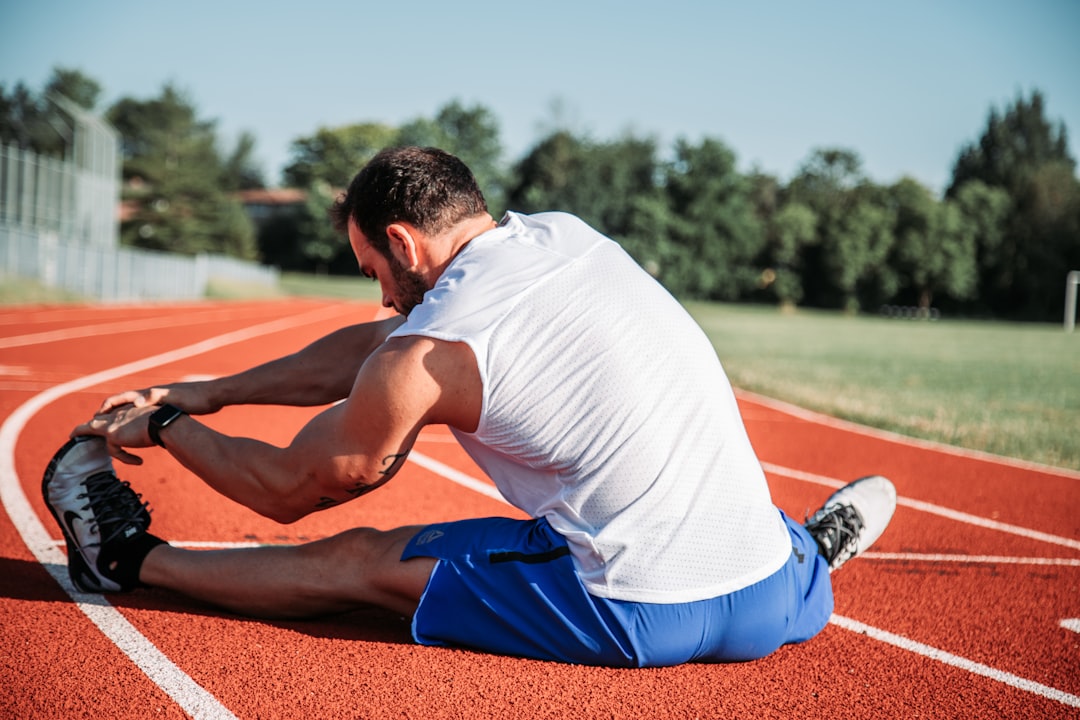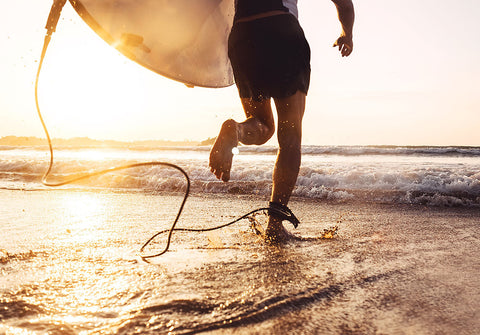Staying active is great — but recovery is just as important. After every workout, your body needs time to relax and rebuild.
That’s why using magnesium and natural oils can make a big difference. These simple tools help you reduce soreness, recover faster, and feel better between sessions.
Whether you train at the gym, go for a run, or stay active in your own way, this guide will show you how to use magnesium oil, Epsom salts, magnesium bath flakes, and hydrating natural oils to support your recovery.
💪 Why Magnesium Helps After Exercise
Magnesium is a mineral that helps muscles relax and recover. Many people don’t get enough magnesium through food. As a result, using it on your skin after workouts can help fill the gap and support recovery.
✨ Magnesium Oil
Magnesium oil is a spray that you apply directly to your skin. It’s a quick and easy step that supports muscle recovery.
For example, you can use it right after a workout to target sore spots like shoulders, calves, or your lower back.
In addition, magnesium oil may improve sleep — and better sleep means better recovery.
Over time, using magnesium oil consistently can also help reduce tightness and support flexibility.
🛁 Epsom Salt Soaks
Epsom salts are made from magnesium sulfate. When added to a warm bath, they help relax muscles and reduce tension.
Because the magnesium is absorbed through your skin, it may ease soreness and promote faster recovery. You can read more about how Epsom salt works.
Plus, a warm bath also helps your mind unwind after a long day or tough workout. This makes Epsom salts a great way to recover both physically and mentally.
To use, add 1–2 cups of salt to your bath and soak for 15–20 minutes.
🌊 Magnesium Bath Flakes
Magnesium bath flakes dissolve easily in water and are made from magnesium chloride. Compared to Epsom salts, some people believe this form is absorbed even more efficiently.
If you often deal with muscle cramps or tightness, flakes are a great option. Because they relax your muscles deeply, they can help prevent soreness the next day.
Regular soaks with flakes may also support your overall magnesium levels, which helps with bone strength, energy, and recovery.
🧴 Don’t Forget to Hydrate Your Skin
While magnesium soaks are great for muscles, they can leave your skin feeling dry. That’s why it’s important to moisturise after every soak.
🥥 Use Natural Oils
Carrier oils like jojoba and coconut oil are ideal for post-bath hydration.
-
Jojoba oil is light and similar to your skin’s natural oils. It absorbs quickly and doesn’t feel greasy.
-
Coconut oil is richer and great for dry or sensitive skin.
-
If you're extra sore, look for oils infused with arnica for added relief.
Apply oil to damp skin for best results. This locks in moisture and helps your skin recover, just like your muscles.
🧈 Try Body Butter for Extra Hydration
Body butters are thicker than oils and give your skin deeper moisture.
Because they’re rich in shea or cocoa butter, they’re perfect for rough areas like feet, knees, and elbows.
Also, many body butters contain essential oils for extra benefits. Lavender can help with relaxation, while peppermint gives a cooling effect.
Use them after a soak or shower, especially if your skin feels tight or flaky.
🧽 Add Scrubs to Your Routine
Body scrubs are a great way to prepare your skin before a magnesium soak. By removing dead skin, they help your body absorb more of the minerals and oils.
Use a gentle scrub once or twice a week. Focus on areas like shoulders, arms, and legs.
Right after, hop into a bath or shower and follow with your moisturiser. It’s a small step that makes a big difference.

🧘 How to Build a Recovery Routine
Let’s keep it simple. Here’s a quick weekly recovery plan:
-
First, spray magnesium oil on sore muscles after your workout.
-
Then, take a bath with magnesium flakes or Epsom salts 2–3 times per week.
-
After your soak, pat your skin dry — but not completely.
-
Next, apply a carrier oil or body butter to lock in moisture.
-
Finally, drink water to stay hydrated and support your body from the inside out.
🌿 Make It Yours
In addition to the basics, you can try:
-
Adding lavender or eucalyptus oils to your bath
-
Using scrubs before soaking for better results
-
Mixing your own magnesium lotion with magnesium oil and coconut oil
-
Creating your own post-workout self-care kit
There’s no single right way. Just find what works for you and stick with it.
💬 Final Thoughts
Recovery is part of training. It’s not just about soreness — it’s about keeping your body strong, your mind clear, and your skin feeling good.
Even a few simple steps can help you feel better between workouts. Magnesium and hydration support your muscles, help you sleep, and give your skin what it needs.
Want to try it for yourself? Explore our Recovery Collection and build a routine that works for your body and your goals.








